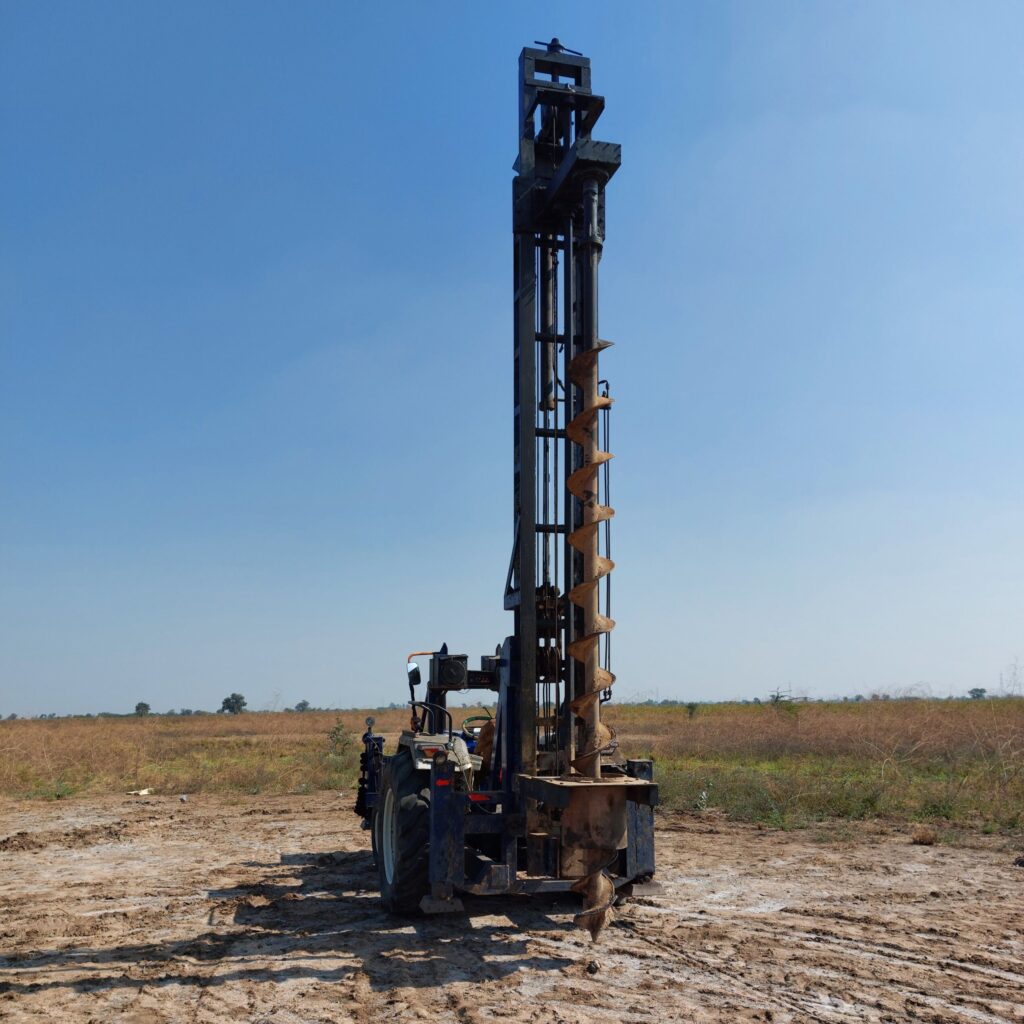Description
This blog will delve into the complexities involved in Pile Compression test using Anchor Method.
Body
Introduction
Pile compression testing is a crucial step in determining the load-bearing capacity and structural integrity of deep foundation piles. The anchor method is a widely used technique for conducting pile compression tests.
Test Complexity: The pile compression test using the anchor method involves several complexities. Some key aspects to consider are:
Load Application: The test requires the application of a compressive load to the pile through hydraulic jacks or reaction piles. Ensuring a controlled and uniform load application is essential for accurate results.
Anchor Installation: Anchors are installed in the ground to provide a reaction force during the test. Proper anchor design, installation techniques, and load transfer mechanisms must be considered to achieve reliable results.
Instrumentation: Installing appropriate instrumentation within the pile to measure load, displacement, and strain is critical. These instruments must be properly calibrated and integrated with data acquisition systems for accurate data collection.
Test Duration: Pile compression tests can be time-consuming, often lasting several days. Monitoring the test progress and maintaining the required loading duration is necessary for obtaining accurate results.
Technical Specifications and Compliance: To ensure the reliability and validity of pile compression tests, specific technical specifications and compliances must be followed. Here are some crucial considerations:
Load Magnitude: The applied load should be sufficient to induce the desired level of pile compression, typically ranging from 50% to 150% of the anticipated working load. The test load should be carefully selected based on the pile’s design and the project requirements.
Pile Diameter and Length: The pile’s diameter and length play a significant role in determining its load-bearing capacity. The test piles should have dimensions representative of the project piles, and their length should extend into the load-bearing stratum.
Soil Conditions: The properties of the surrounding soil greatly influence the pile’s behavior. The test should consider the soil’s type, density, and strength parameters to accurately assess the pile’s capacity.
Test Setup: The anchor method requires appropriate design and installation of the anchor system. The reaction piles or hydraulic jacks used for load application should be securely installed and adequately designed to handle the test loads.
Instrumentation and Monitoring: Installing strain gauges, load cells, inclinometers, and displacement transducers within the test pile is crucial.
Data Analysis: The collected data should be carefully analyzed, considering load-displacement behavior, strain distribution, and settlement characteristics. Comparisons should be made with design criteria to assess the pile’s performance and verify its capacity.
At ProVatsalya, we adopt state of the art equipment along with properly calibration and working condition to ensure proper conduct of the test. Our engineers are qualified, talented and trained with respect to the test requirements and are capable of performing the tests with desired accuracy and precision as per the codal standards. In addition to this, the guidance of our Chief Consultant, Dr. Abhinav Mane always guides us in proper direction.


